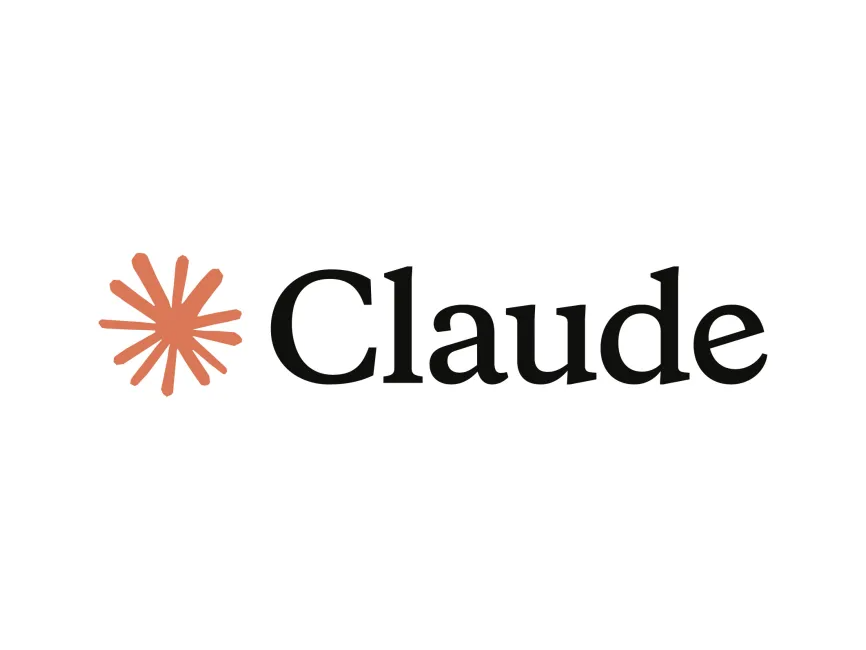Claude Integrations: Boost Your AI Workflow
Discover how to integrate Claude AI into your existing workflows and applications for enhanced productivity.

Introduction to Claude AI
Claude AI, developed by Anthropic, is quickly emerging as a key player in the modern AI ecosystem. Positioned as a bridge between intelligent agents and application infrastructure, Claude isn’t just a chatbot—it’s a highly flexible integration layer that empowers developers to build context-aware, workflow-optimized AI experiences. It shines especially in use cases where app connectivity and automation are critical. If you're curious how this evolution stacks up against other AI models, you might find it helpful to explore the ChatGPT cognitive impact study, which offers insight into how AI tools are shaping human thinking.
Claude Integrations: Expanding App Connectivity
Understanding Claude’s Integration Capabilities
At its core, Claude is designed to plug into complex digital ecosystems. It supports REST APIs, webhooks, and even more customized integration flows—making it a flexible option for both startups and enterprise teams. Whether you’re connecting a CRM, automating Slack responses, or linking internal tools, Claude’s architecture is built to support a wide range of integrations without compromising security or latency.
Enhancing AI Capabilities Through Integrations
Once integrated, Claude brings an AI-native approach to task automation and contextual decision-making. In healthcare, for instance, it can process clinical notes and suggest diagnostic directions. In finance, it analyzes historical and live data streams to support investment decisions. Claude doesn't replace humans—it enhances them, enabling richer, faster decision-making workflows. For a related look at how training costs are coming down while performance goes up, the article on model training breakthroughs offers a useful backdrop.
Use Cases for Claude Integrations
Claude is already being used across industries. In customer service, it automates ticket classification and prioritization, feeding support agents with the right context at the right time. In retail, it integrates with inventory systems to offer dynamic, conversational product availability updates. These examples only scratch the surface—Claude’s real strength is its ability to adapt its language understanding to the specific domain it’s plugged into.
The Benefits of Claude AI Integrations
Improving Efficiency and Productivity
The most immediate impact of integrating Claude is on efficiency. Tasks that used to require human input—like manually sorting data, responding to common queries, or triggering backend processes—can now be delegated to Claude, freeing up your team to focus on high-impact work.
Enhancing Scalability and Flexibility
Claude's modular design ensures it scales with your business. Whether you're running a lean startup or a complex multinational system, Claude can adapt to your needs. It’s also language-agnostic, meaning it can plug into Python, JavaScript, and other stacks with ease.
Cost-Effectiveness and ROI
Beyond productivity, Claude reduces operational overhead. Automating manual processes means fewer human hours spent on repetitive tasks, and its real-time response capabilities reduce bottlenecks across departments. In the long run, Claude helps optimize resources, delivering measurable ROI across performance and cost dimensions.
Implementing Claude Integrations
Steps to Integrate Claude into Your Workflow
Integrating Claude typically starts with identifying a workflow that can be improved through intelligent automation. Once the use case is defined, developers can select from REST APIs, webhooks, or Anthropic’s own SDKs to establish a connection. After building and testing the integration, performance should be monitored regularly to optimize response times, maintain uptime, and ensure safe handling of data.
Overcoming Common Challenges
As with any powerful tool, there are implementation challenges. Rate limits can be a concern for high-volume apps, and proper handling of sensitive data is critical. The good news is that Anthropic offers extensive documentation and active support channels, making it easier to troubleshoot issues during rollout.
The Future of Claude AI and App Connectivity
Upcoming Developments in Claude AI
Looking ahead, Claude is on a trajectory that aligns closely with emerging trends in enterprise AI. Anthropic has hinted at deeper capabilities in natural language processing, including memory-enhanced interactions and tighter integration with knowledge graphs. As businesses demand more intelligent automation, Claude is well-positioned to evolve from a tool into an intelligent co-pilot.
The Role of Claude in the AI Ecosystem
Claude fills a unique niche between infrastructure and intelligence. While models like ChatGPT dominate user-facing tasks, Claude excels behind the scenes, powering workflows, making decisions, and ensuring systems talk to each other. Its role will only grow as AI becomes more embedded in everyday tools and operations.
Claude AI vs. ChatGPT: A Comparative Analysis
While both Claude and ChatGPT offer powerful AI capabilities, their use cases diverge. Claude’s strength lies in enterprise-grade integrations and workflow orchestration. ChatGPT, meanwhile, remains the go-to for general-purpose interactions, creative writing, and natural conversation. If you're exploring broader use cases, it’s worth checking out the ChatGPT Essentials guide or understanding how legal and ethical debates are shaping its evolution via the AI privilege and privacy discussion.
Final Thoughts
Claude AI is redefining what intelligent app connectivity can look like. From enhancing productivity and streamlining operations to enabling scalable automation, it’s a tool built for modern digital ecosystems. As integration capabilities deepen and NLP continues to evolve, Claude’s role will become even more central to how businesses build and deploy AI-powered workflows. For developers and tech leads looking to stay ahead, exploring Claude’s potential now means being better prepared for what’s next in the AI-connected future.